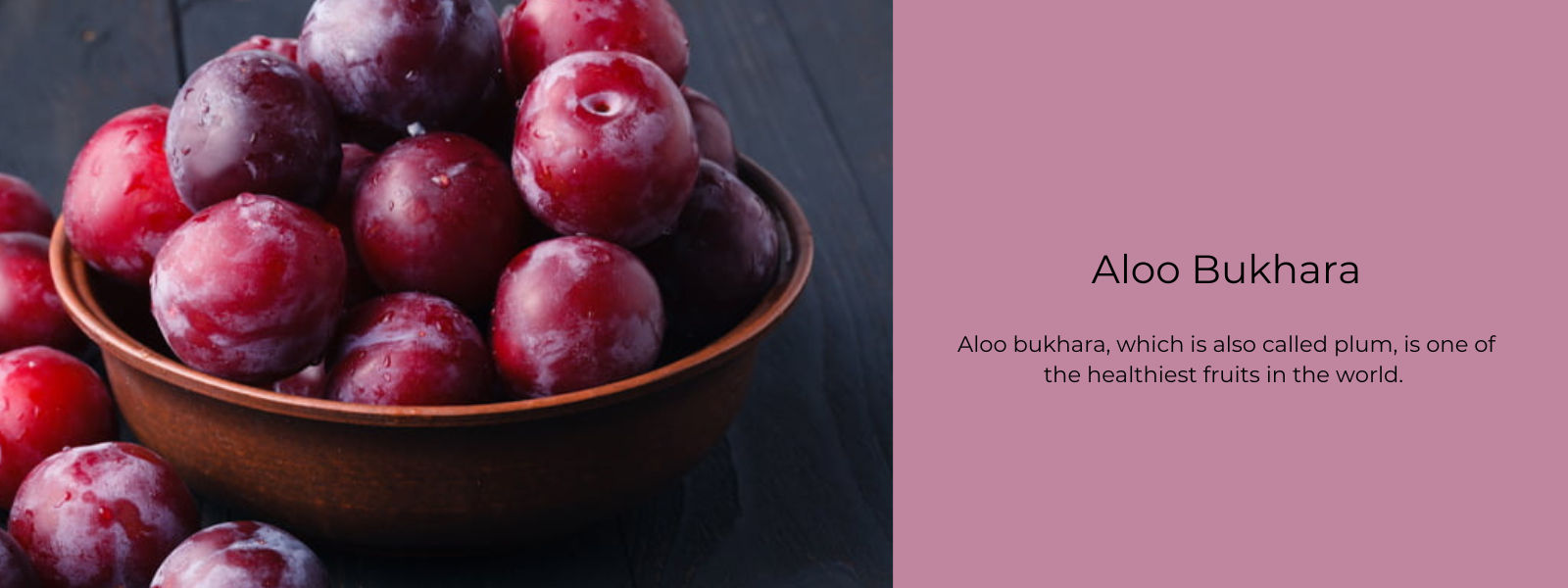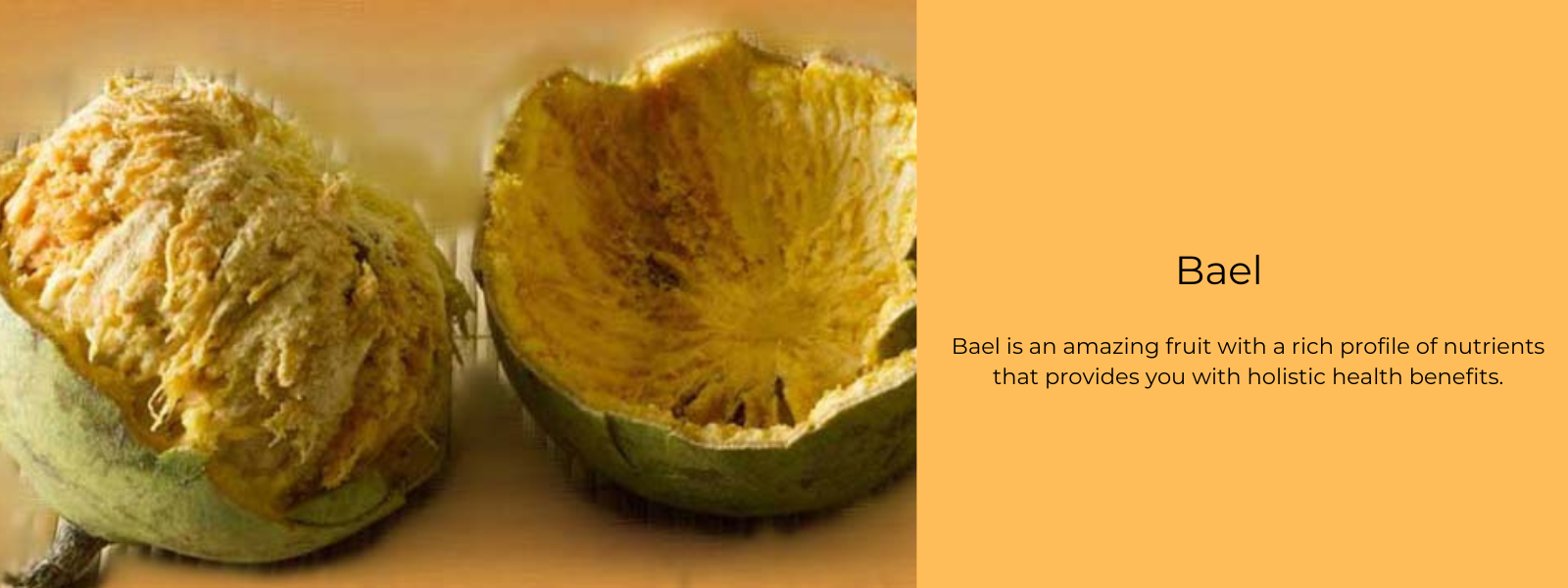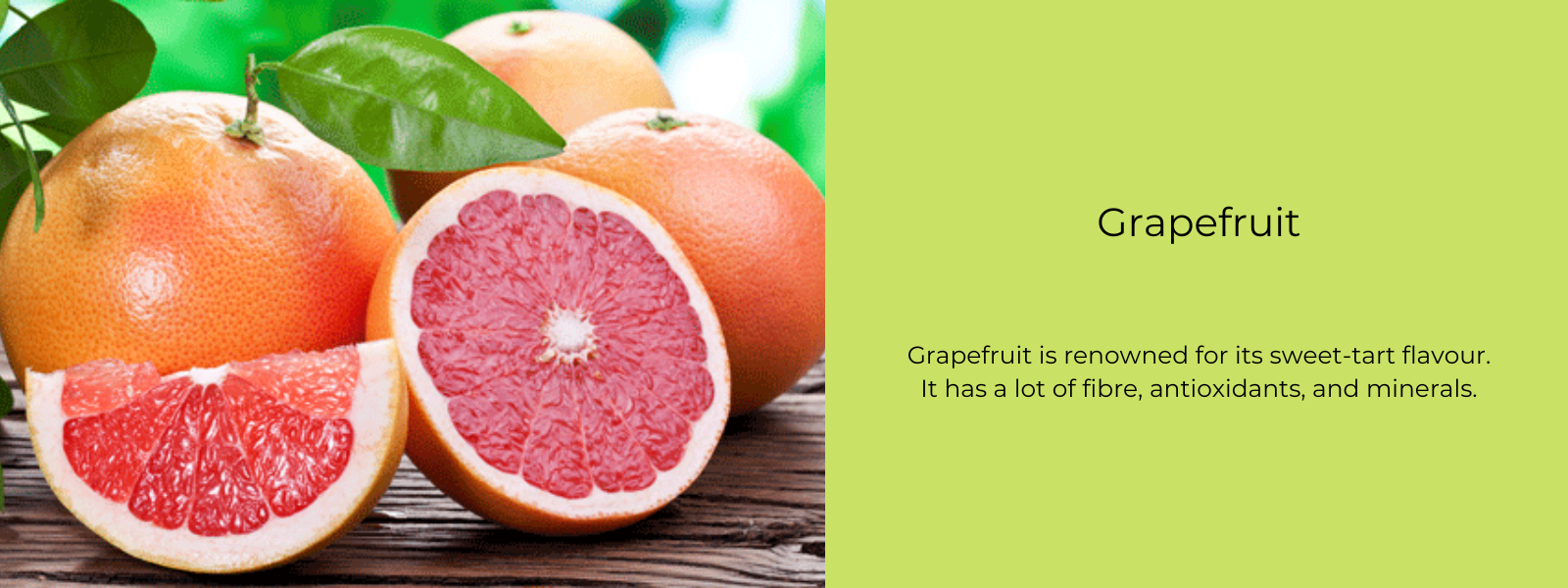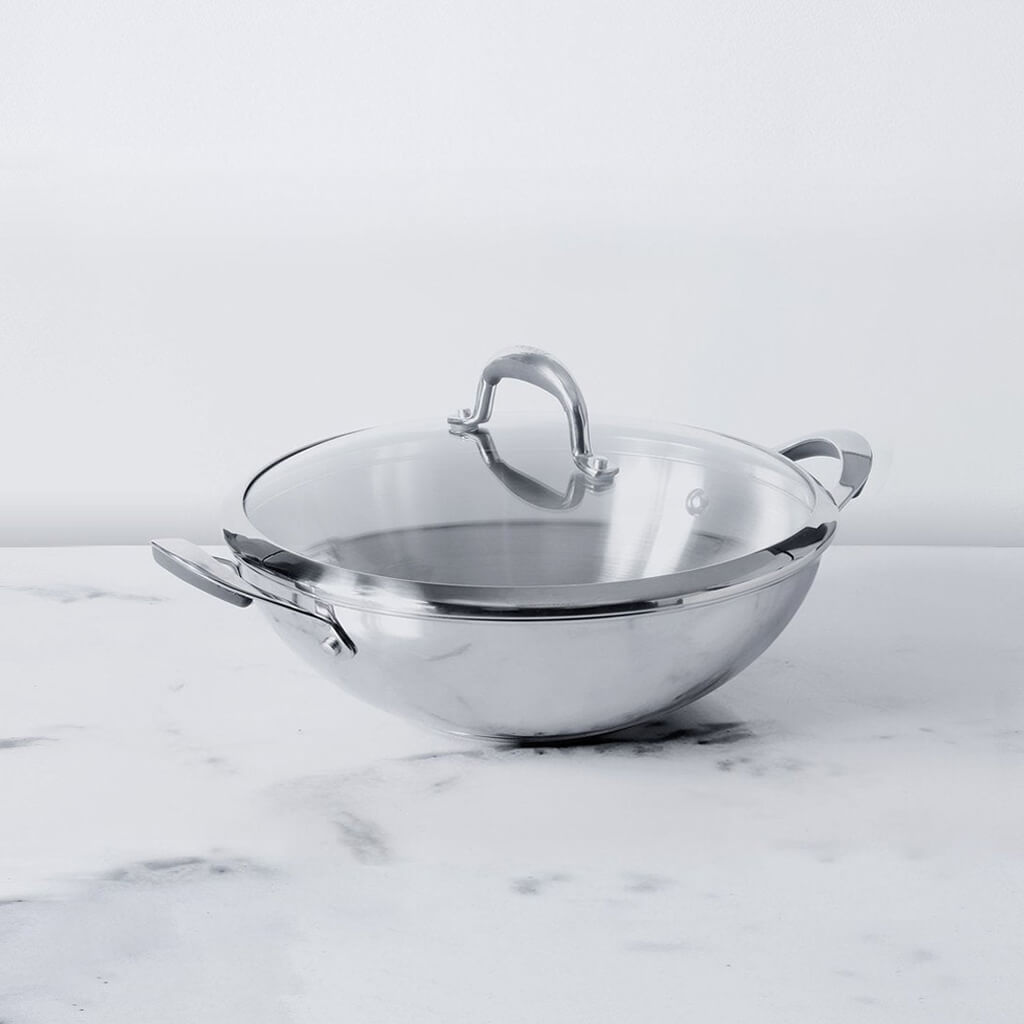You may not be familiar with this peculiarly called fruit, and that's probably for the best given its restricted distribution and relatively low yield per tree. Citrus mediaeval is its formal, scientific moniker.
The shape of the Buddha's hand is revered in religious rituals. Buddha's hand has been utilised in China as a medicine since ancient times. Moreover, its fruit is utilised as a decorative and in scent production. It's not widely consumed, but it's been getting more attention as of late because of the belief that it has beneficial health effects and can be used in alternative medicine. The Buddha's hand has a bittersweet, somewhat acidic flavour, and it contains no seeds.
Table of Contents
What is Buddha’s hand fruit?
Citrus sarcodactylis gets its name from the fact that, when peeled, the fruit looks like a human hand's fingers. This is also true of pomelos and mandarins. Most citron types are native to either India or China, and Buddha's hand is no exception. This may be because of the symbolic significance of Buddha's open hand in Buddhism. In addition to being ingested for its therapeutic benefits, this fruit is also employed in perfumes due to its pleasant, lemony scent.
There isn't much juice in it, and it usually doesn't have any seeds or pulp that isn't bittersweet, therefore it hasn't become widely consumed and its availability is still limited. Growing regions include the temperate zones of China and India, as well as the Pacific Northwest of the United States, but its export scope remains small. Both the fruit and its rind have therapeutic use.
How does Buddha’s hand fruit get its name?
This peculiar fruit got its uncommon name because of the way it looks, like the hand of a praying Buddha. When the fruit is fully mature, it develops lengthy tentacles that spread out like fingers. It has a citrusy, delicious aroma and flavour, and it is from the same family as pomelo and mandarin.
What does it taste like?
Since you don't consume the zest but rather add it in tiny amounts to various meals, the aroma will stand out more than the taste. It smells overwhelmingly like sugar and lemon. The white pith under the rind is slightly crunchy and tastes slightly sweeter than other citrus fruits' white pith, but is still generally bitter. Amazing in flavour, the buddha's hand fruit may be made with just a few ingredients and resembles a cross between citron and lemon or yuzu. Buddha's hand, or the fingered citron, gets its name from its resemblance to folded hands in a prayer posture.
Nutritional content of Buddha’s hand fruit:
There are plenty of healthy nutrients in a Buddha's hand, including vitamin C, calcium, and fibre. It has zero calories, zero fat, zero carbs, zero protein, and zero sugar.
Many volatile oils and aromatic chemical substances, including coumarin, limonene, and diosmin, are abundant in Buddha's hand. There are a wide variety of medical ailments that can be helped by the Buddha's hand because of its unique chemical composition.
Health benefits of Buddha’s hand fruit:
Relieves pain: Buddha's hand has been used for pain treatment for thousands of years, perhaps due to the presence of coumarin, limonin, and diosmin in its chemical makeup. Since it has anti-inflammatory properties, Buddha's hand is used to treat a wide range of ailments and conditions, from severe surgery to minor scrapes and bruises.
Resolves respiratory issues: Most frequently, Buddha's hand is used to treat problems with breathing. Because of its expectorant properties, Buddha's hand can be a quick and painless solution for people with persistent coughs that create phlegm or catarrh. If you soak the fruit in a bowl containing water and sugar before eating it, the results may be much more impressive.
Resolves Gastrointestinal Issues: Buddha's hand is an effective treatment for gastrointestinal complaints like nausea, vomiting, abdominal pain, gas, bloating, or diarrhoea because it reduces inflammation in the stomach lining and calms the intestinal muscles, allowing for normal digestion and elimination.
Helps to lessen menstrual discomfort: When it comes to menstruation discomfort, Buddha's hand has been used for a long time as a reliable natural cure, particularly for women who experience very severe menstrual cramps, heavy bleeding, and/or erratic mood swings. The fruit's anti-inflammatory properties, along with its other antioxidant benefits, make it an ideal choice for alleviating the discomfort associated with this condition.
Boosts Immune System: A Certain Polysaccharide in Buddha's Hand Is Linked to Increasing the Activity of Macrophages. Although eating Buddha's hand is recommended primarily as a preventative step to keep your immune system strong, it can also be helpful when you're sick with a cold or the flu because it speeds up your recovery.
Regulates blood pressure: Alcohol extract from the Buddha's hand acts like a vasodilator, relaxing and dilating coronary blood vessels and increasing circulation, resulting in a significant reduction in blood pressure and a decreased risk of atherosclerosis, cardiovascular disease, and cardiovascular events such as heart attacks and strokes. Reduced cardiovascular stress like this is crucial for maintaining good health over time.
How to use Buddha's hand fruit?
Citrons like the Buddha's hand are used mostly for their zest and peel. Peel-covered fingers and the fruit base of most fingered citron cultivars are devoid of edible fruit and pulp. Remove the beautiful lemon peel by grating or breaking off a "finger" from Buddha's hand. The white pith underneath the coloured citrus peel is bitter and should be avoided.
Shred the citrus fruit and use it in baked products, salad dressings, drinks, marinades, and any other recipe that calls for grated lemon or orange zest. It's important to stress that the fragrance is not just strong and wonderful and aromatic but also robust and substantial. Remember that a small amount can have a big impact in the final dish.











Leave a comment